Honda ZR-V vs Toyota Prius - Differences and prices compared
Costs and Efficiency:
When it comes to price and running costs, the biggest differences usually appear. This is often where you see which car fits your budget better in the long run.
Honda ZR-V has a slight advantage in terms of price – it starts at 36800 £, while the Toyota Prius costs 39400 £. That’s a price difference of around 2649 £.
Fuel consumption also shows a difference: Toyota Prius manages with 0.50 L and is therefore decisively more efficient than the Honda ZR-V with 5.70 L. The difference is about 5.20 L per 100 km.
Engine and Performance:
Power, torque and acceleration are the classic benchmarks for car enthusiasts – and here, some clear differences start to show.
When it comes to engine power, the Toyota Prius has a somewhat edge – offering 223 HP compared to 184 HP. That’s roughly 39 HP more horsepower.
In acceleration from 0 to 100 km/h, the Toyota Prius is to a small extent quicker – completing the sprint in 6.80 s, while the Honda ZR-V takes 7.80 s. That’s about 1 s faster.
In terms of top speed, the Toyota Prius performs barely noticeable better – reaching 177 km/h, while the Honda ZR-V tops out at 173 km/h. The difference is around 4 km/h.
Space and Everyday Use:
Beyond pure performance, interior space and usability matter most in daily life. This is where you see which car is more practical and versatile.
Seats: offers more seating capacity – vs .
In curb weight, Toyota Prius is barely noticeable lighter – 1620 kg compared to 1660 kg. The difference is around 40 kg.
In terms of boot space, the Honda ZR-V offers evident more room – 380 L compared to 284 L. That’s a difference of about 96 L.
When it comes to payload, Honda ZR-V to a small extent takes the win – 455 kg compared to 375 kg. That’s a difference of about 80 kg.
Who wins the race?
The Toyota Prius proves to be wins the duel decisively and therefore becomes our DriveDuel Champion!
Toyota Prius is the better all-rounder in this comparison.
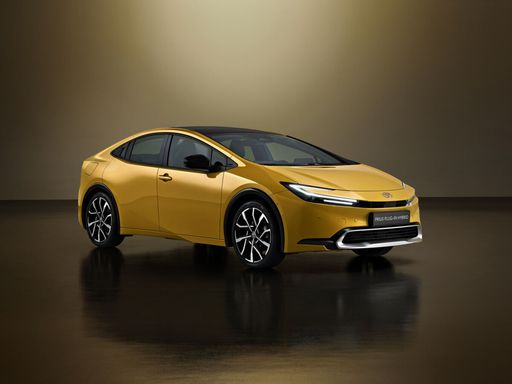 @ Toyota Motor Corporation
@ Toyota Motor Corporation
Toyota Prius
Costs and Consumption
View detailed analysis
Engine and Performance
View detailed analysis
Dimensions and Body
View detailed analysis
Honda ZR-V
The Honda ZR-V blends smart practicality with sharper styling than you might expect, giving buyers a calm, competent companion for daily life. Inside it's comfortable and cleverly laid out, easy to live with and never trying too hard to be exciting.
details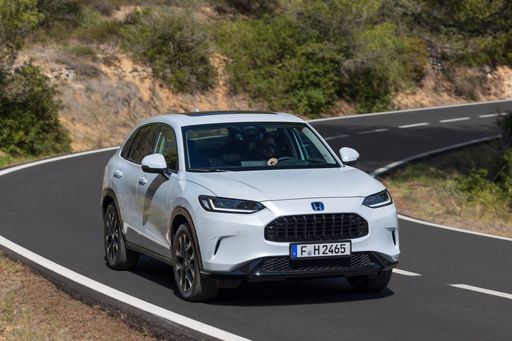 @ Honda Motor Co., Ltd.
@ Honda Motor Co., Ltd.
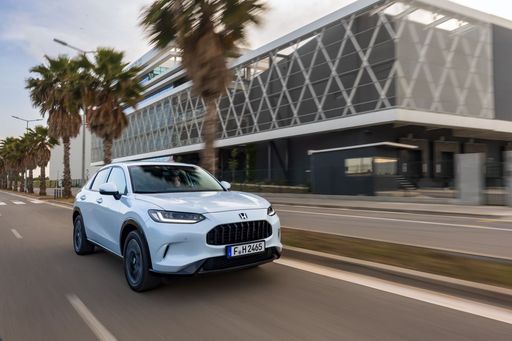 @ Honda Motor Co., Ltd.
@ Honda Motor Co., Ltd.
 @ Honda Motor Co., Ltd.
@ Honda Motor Co., Ltd.
 @ Honda Motor Co., Ltd.
@ Honda Motor Co., Ltd.
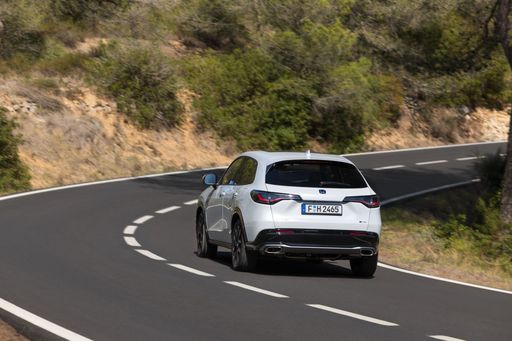 @ Honda Motor Co., Ltd.
@ Honda Motor Co., Ltd.
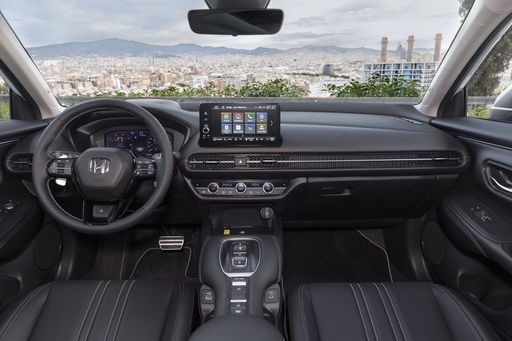 @ Honda Motor Co., Ltd.
@ Honda Motor Co., Ltd.
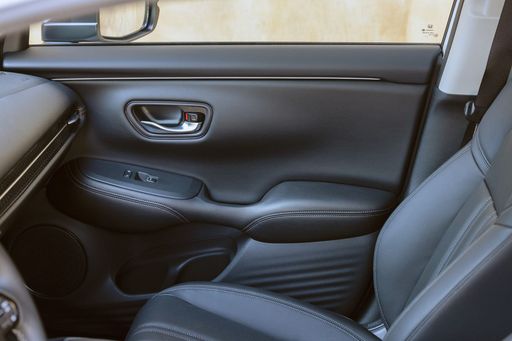 @ Honda Motor Co., Ltd.
@ Honda Motor Co., Ltd.
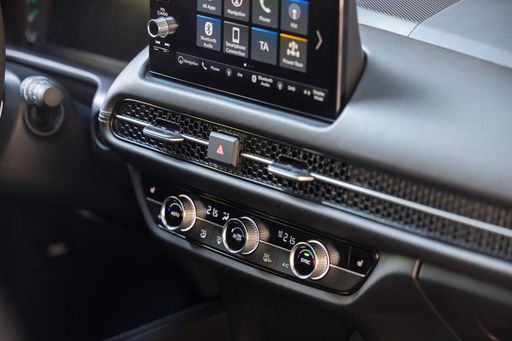 @ Honda Motor Co., Ltd.
@ Honda Motor Co., Ltd.
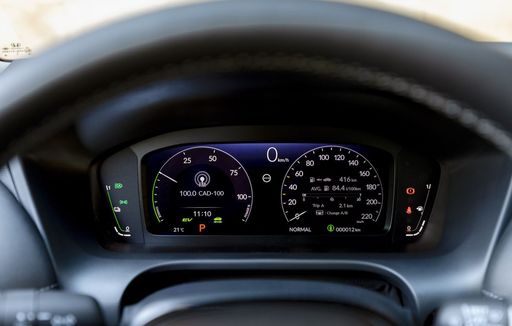 @ Honda Motor Co., Ltd.
@ Honda Motor Co., Ltd.
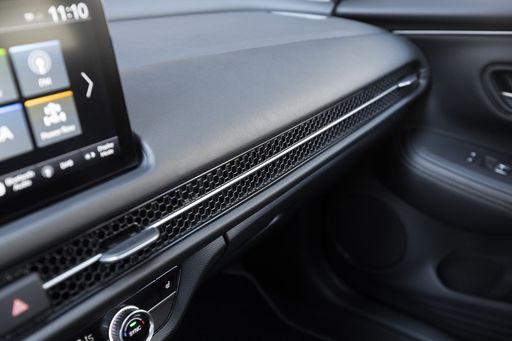 @ Honda Motor Co., Ltd.
@ Honda Motor Co., Ltd.
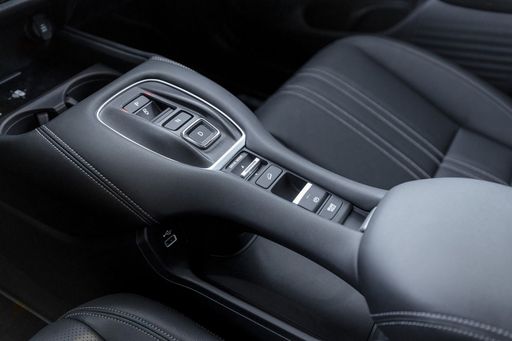 @ Honda Motor Co., Ltd.
@ Honda Motor Co., Ltd.
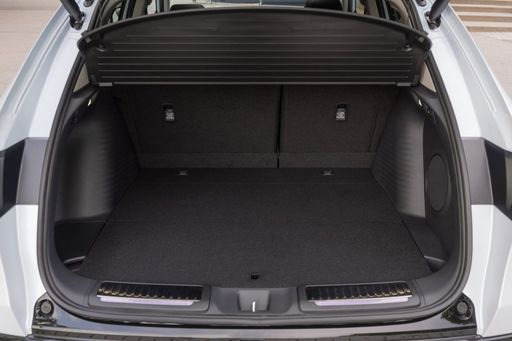 @ Honda Motor Co., Ltd.
@ Honda Motor Co., Ltd.
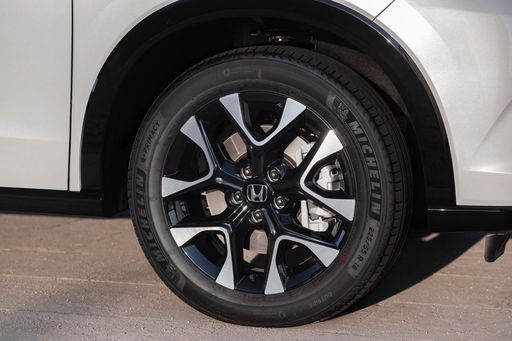 @ Honda Motor Co., Ltd.
@ Honda Motor Co., Ltd.
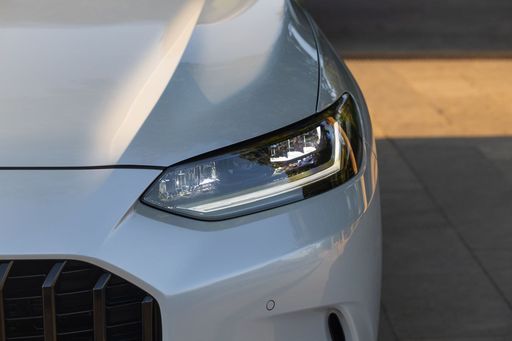 @ Honda Motor Co., Ltd.
@ Honda Motor Co., Ltd.
 @ Honda Motor Co., Ltd.
@ Honda Motor Co., Ltd.
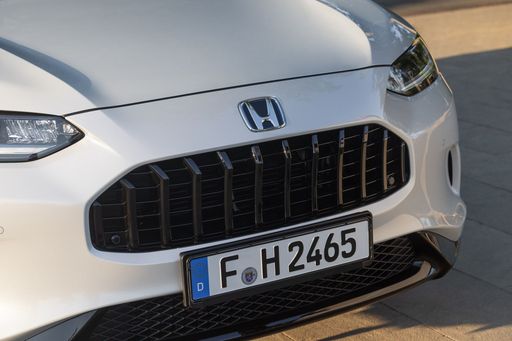 @ Honda Motor Co., Ltd.
@ Honda Motor Co., Ltd.
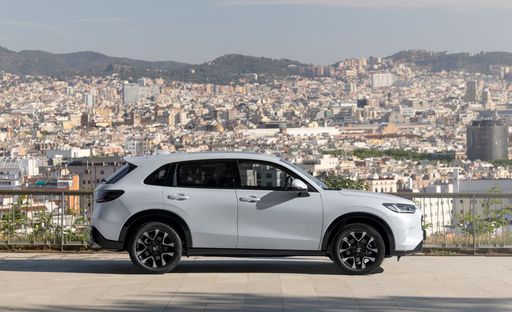 @ Honda Motor Co., Ltd.
@ Honda Motor Co., Ltd.
Toyota Prius
The Prius glides through traffic like a wise commuter's secret weapon, balancing miserly running costs with an unflappable sense of reliability. It's not a thrill seeker, but its roomy cabin, sensible packaging and low-stress driving personality make it a brilliant choice for buyers who value peace of mind over pulse-raising performance.
details @ Toyota Motor Corporation
@ Toyota Motor Corporation
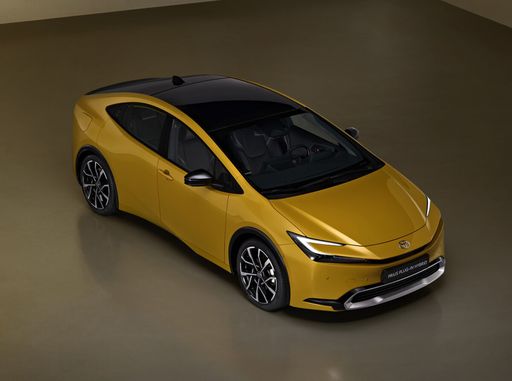 @ Toyota Motor Corporation
@ Toyota Motor Corporation
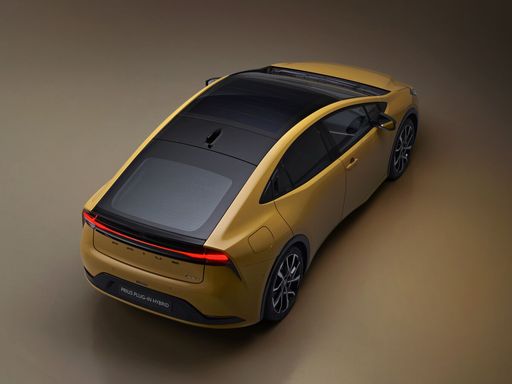 @ Toyota Motor Corporation
@ Toyota Motor Corporation
 @ Toyota Motor Corporation
@ Toyota Motor Corporation
 @ Honda Motor Co., Ltd.
@ Honda Motor Co., Ltd.
|
 @ Toyota Motor Corporation
@ Toyota Motor Corporation
|
|
|
|
Costs and Consumption |
|
|---|---|
|
Price
36800 - 40400 £
|
Price
39400 - 45800 £
|
|
Consumption L/100km
5.7 - 5.8 L
|
Consumption L/100km
0.5 - 0.7 L
|
|
Consumption kWh/100km
-
|
Consumption kWh/100km
-
|
|
Electric Range
-
|
Electric Range
72 - 86 km
|
|
Battery Capacity
-
|
Battery Capacity
-
|
|
co2
130 - 132 g/km
|
co2
12 - 17 g/km
|
|
Fuel tank capacity
57 L
|
Fuel tank capacity
40 L
|
Dimensions and Body |
|
|---|---|
|
Body Type
SUV
|
Body Type
Hatchback
|
|
Seats
5
|
Seats
5
|
|
Doors
5
|
Doors
5
|
|
Curb weight
1660 - 1710 kg
|
Curb weight
1620 - 1630 kg
|
|
Trunk capacity
370 - 380 L
|
Trunk capacity
284 L
|
|
Length
4568 mm
|
Length
4599 mm
|
|
Width
1840 mm
|
Width
1782 mm
|
|
Height
1613 mm
|
Height
1470 mm
|
|
Max trunk capacity
1291 - 1312 L
|
Max trunk capacity
-
|
|
Payload
440 - 455 kg
|
Payload
365 - 375 kg
|
Engine and Performance |
|
|---|---|
|
Engine Type
Full Hybrid
|
Engine Type
Plugin Hybrid
|
|
Transmission
-
|
Transmission
Automatic
|
|
Transmission Detail
-
|
Transmission Detail
CVT
|
|
Drive Type
Front-Wheel Drive
|
Drive Type
Front-Wheel Drive
|
|
Power HP
184 HP
|
Power HP
223 HP
|
|
Acceleration 0-100km/h
7.8 - 8 s
|
Acceleration 0-100km/h
6.80 s
|
|
Max Speed
173 km/h
|
Max Speed
177 km/h
|
|
Torque
315 Nm
|
Torque
-
|
|
Number of Cylinders
4
|
Number of Cylinders
4
|
|
Power kW
135 kW
|
Power kW
164 kW
|
|
Engine capacity
1993 cm3
|
Engine capacity
1998 cm3
|
General |
|
|---|---|
|
Model Year
2025
|
Model Year
2023
|
|
CO2 Efficiency Class
D
|
CO2 Efficiency Class
B
|
|
Brand
Honda
|
Brand
Toyota
|
What drivetrain options does the Honda ZR-V have?
The Honda ZR-V is available as Front-Wheel Drive.
The prices and data displayed are estimates based on German list prices and may vary by country. This information is not legally binding.
